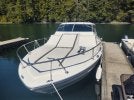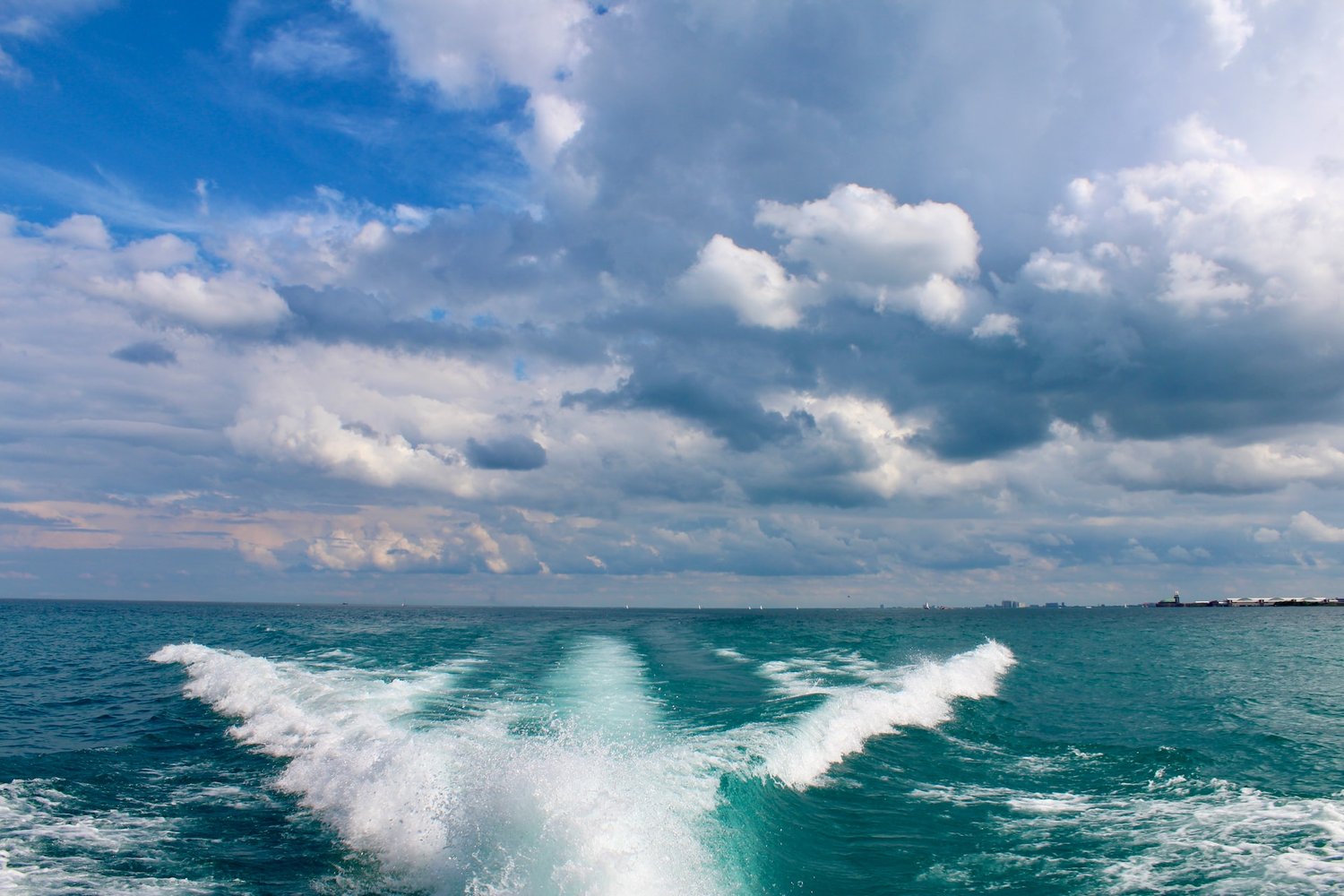mitchvon
New Member
- Sep 2, 2023
- 12
- Boat Info
- 1975 Sea Ray SRV220 Overnighter HD, EZ Loader dual axle trailer Boat was garage find only 535hrs
- Engines
- 1 engine OMC/Ford 302 V8 with a 2 barrel carb
Greetings. I receintly purchased a 1975 SRV 220 Overnighter Hardtop with only 532 hrs. Does anybody know what the tops speed of this vessel? The boat had been stored in a garage for years. I drained the tank and cleaned the fuel lines. Put fresh non-ethanol gas in her and got it running. I took her out on the water on a calm day but could only reach a top speed of 20kts. The engins is a 302V8 the valve cover shows 188 and I'm guessing that is the HP. I've owned wooden Chris Crafts in the past but looking forward time with the Sea Ray. Any help wuld be appreacited.





